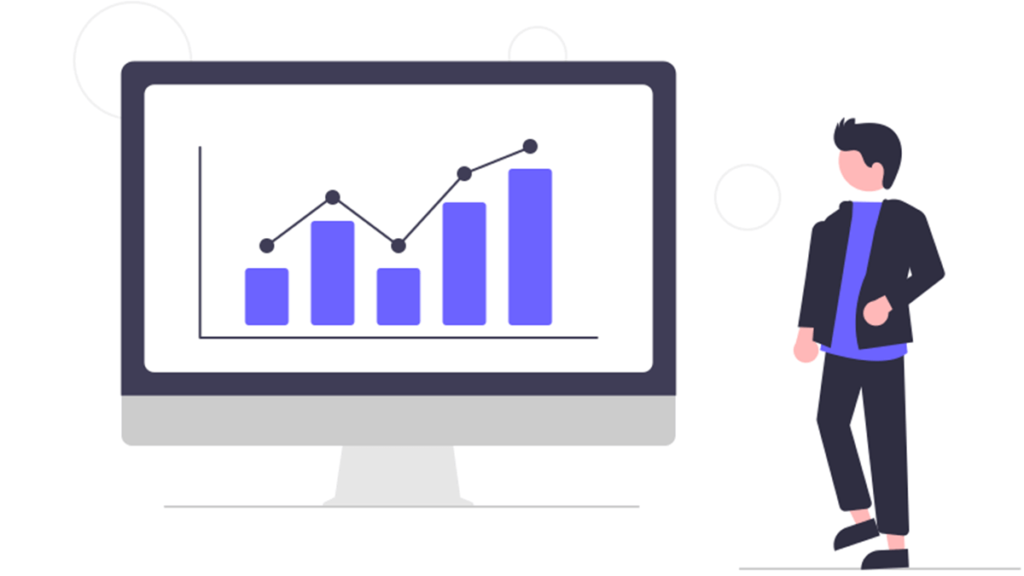Inventory can be viewed as a current asset account found on a business’s balance sheet, consisting of all raw materials, work in progress, and finished goods that a company has accumulated.
It refers to raw materials used in the production process as well as the goods produced that are available for sale, as explained by Kenton on the Investopedia blog.
A construction company’s inventory represents one of the most important assets it has. This is because the turnover of inventory represents one of the primary sources of revenue generation and subsequent earnings for the company’s shareholders.
Inventory costs start from the moment you place an order. They include the cost of purchasing the inventory, storing it in the business’s warehouse, moving it throughout all the business networks, including the cost of administering paperwork and documentation.
In a construction company, depending on the nature of its production activities, these inventory costs can be seen from when the company obtains raw materials for the production of goods, or materials for use in the construction process, to cost of its transportation, storage in the head office and site office, and all procurement costs involved.
Inventory costs are influenced by the following factors/components:
Material Costs
Material costs represent the direct cost of acquiring the raw materials and supplies needed to produce goods and services. This forms a significant portion of a company’s overall production expenses but is not directly included in inventory costs, although they are related.
While material costs are the initial investment in the raw materials, which are key inputs into the production process, the inventory costs are ongoing expenses that are incurred during the whole process of transforming these key inputs into finished products.
Ordering Costs
Ordering costs include the wages of the procurement department and related payroll taxes and benefits, and labour costs by the professional teams when they are involved in the preparation of procurement documents.
According to Team, these costs are typically included in an overhead cost pool and allocated to the number of units produced in each period.
They include transportation costs, cost of finding suppliers and packaging orders, receiving costs, cost of communication (electronic data interchange) and clerical costs of preparing purchase orders.
Safety Stock Cost
Safety stock refers to extra inventory that businesses hold on to avoid stockouts. These stockouts can happen due to unexpected changes in supply or demand. Safety stock acts as a buffer helping ensure business operations keep running smoothly even when faced with unforeseen circumstances.
Holding an extra inventory in anticipation of volatilities in supply and demand means that a business will require extra storage space, payment for stock insurance, security and potentially other costs which may result from handling the stock. These costs will start eating into a business’s profits by increasing inventory costs.
Also, money held up in the safety stock reduces the amount of capital available for other investments such as investing in producing new products or product promotion for the existing products to drive or boost sales.
Cost of Running Out of Goods
The cost of running out of goods, also known as stockout costs or shortage costs represents the loss of income and additional expenses resulting from inventory shortage, as explained by Flora.
For example, when a business has run out of a particular item, but that information has not been updated on time on the store and the customer continues to order and pay, as the orders are being processed, this customer will be notified about the out-of-stock item later and must be refunded.
The cost of processing a refund and losing out on the sales is borne by the business. This becomes the cost of running out of goods.
Carrying Cost
Inventory carrying costs refer to all the fees and expenses associated with keeping items stored before they are sold. Therefore, it is the cost a business incurs for holding and storing inventory over some time (the cost of having unsold goods sitting on the shelves or occupying space in the warehouse). These costs form a major component of inventory costs.
The carrying costs will be made up of direct expenses which include rent for the storage space, utilities and maintenance costs for this storage space, insurance for inventory, labour and equipment costs for handling the goods and taxes.
Other indirect costs may include the potential return on investment missed out as a result of capital being tied up in the unsold inventory, the risk of the products becoming obsolete before being sold and the cost of investor losses due to potential damage, spoilage, and administrative errors or theft.
Cost of Funds tied up in Inventory
Costs of funds tied up in inventory are a component of carrying costs which is a major component of inventory costs as seen earlier. This is seen as the opportunity cost associated with holding inventory.
When a business invests in inventory, financial resources are tied up in the unsold goods. These resources would have otherwise been used as an investment in new equipment, expanding business, paying debt or potentially earning interest on investments.
Opportunity cost is therefore the potential return a business misses as a result of having money tied up in inventory, which is an indirect cost of funds tied up in inventory.
Also, in the case where a business had borrowed money to produce the said inventory or for the general running of the business, there is a cost of the finance, which is the interest charged on the borrowed premium. All these combined increase the carrying cost, which increases the business’s cost of inventory.
We hope that this article helped shed some light on what inventory costs are and their components. It forms a basis for understanding the various costs incurred by companies in the process of production of goods and services, counted right from the point they obtain raw materials to the point they sell the produced goods to their customers.
We’d love to hear your thoughts in the comments section below.
